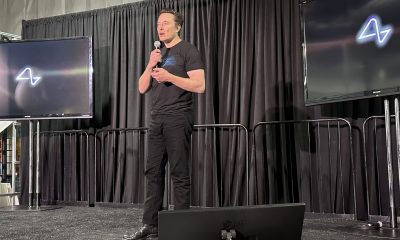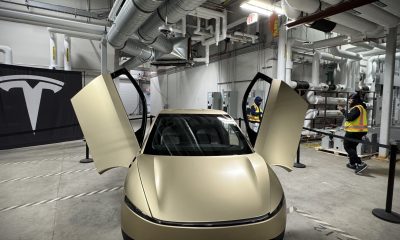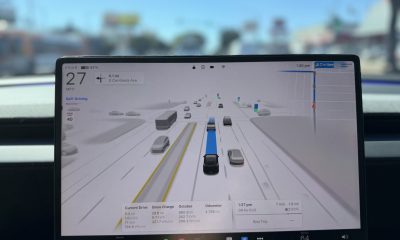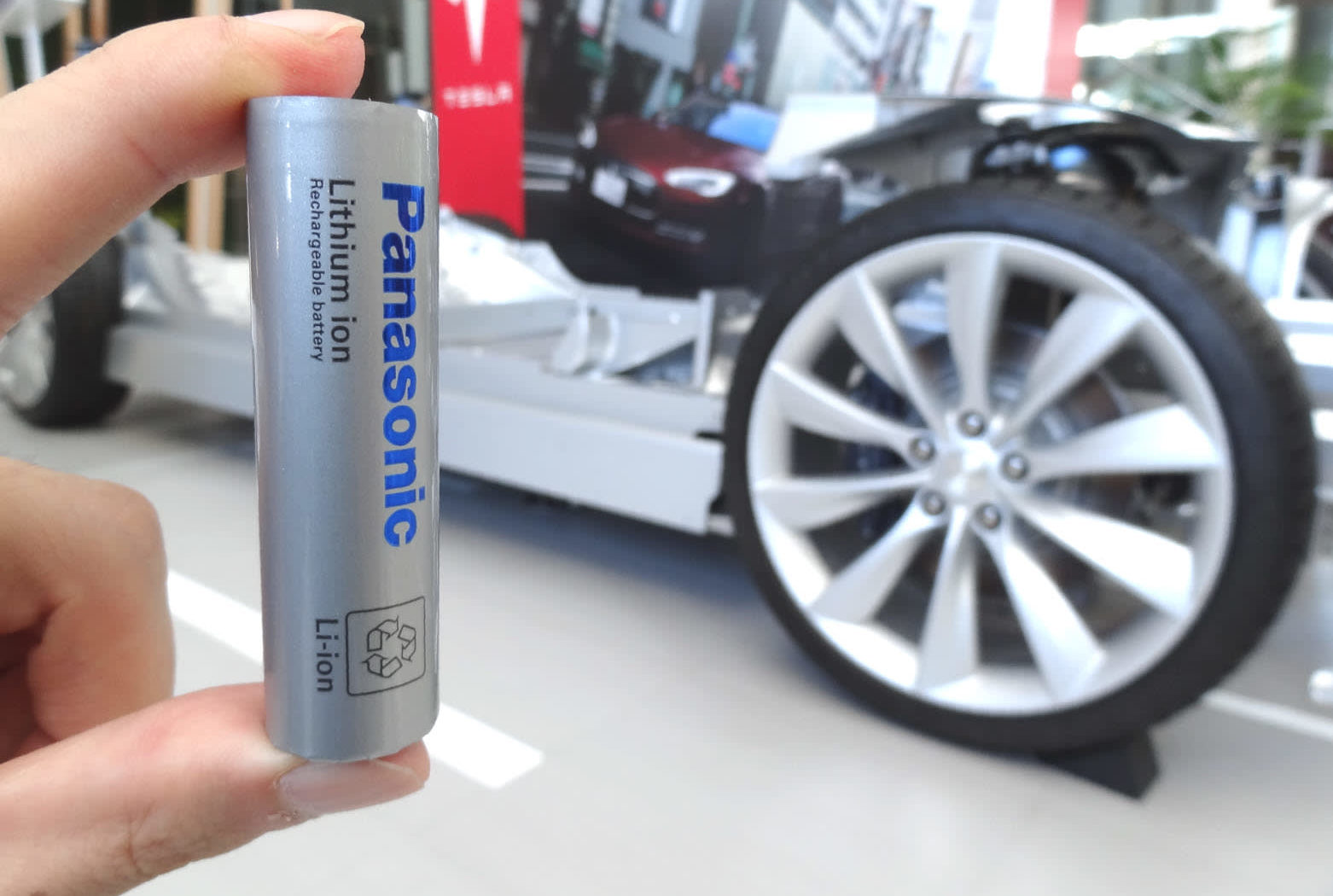
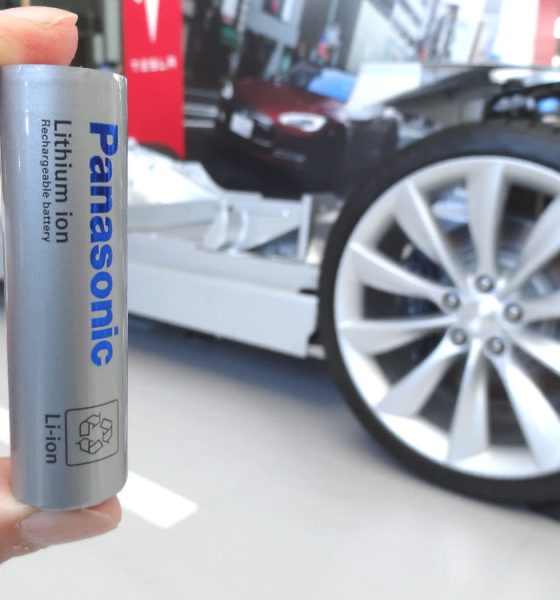
Investor's Corner
Tesla’s battery business expected to contribute to Panasonic’s profit starting October
Tesla’s exclusive battery supplier and partner Panasonic Corp announced on Tuesday that its fiscal first-quarter net profit saw an increase of 17.6% due to growth in its automotive-related business. Panasonic saw its net profits from April to June rise 17.6% to 57.4 billion yen ($515 million), up 15% from last year’s 48.8 billion yen ($440 million).
The Japanese battery maker and tech company credits the emerging market for clean energy vehicles as one of the key factors behind its profit increase during the first quarter of the fiscal year. In a briefing on Tuesday, Chief Financial Officer Hirokazu Umeda stated that Panasonic’s battery business with Tesla could contribute to the Japanese company’s profit starting October, thanks to the American carmaker’s ongoing production ramp of the Model 3 sedan.
“Production at Tesla is gaining momentum. We are ramping up a new battery production line now and expect the business to contribute not just to our revenue but also to our profit from the second half starting in October,” the Panasonic CFO said.
Being the exclusive battery provider for Tesla’s electric cars and energy products, Panasonic has experienced firsthand the “production hell” and bottlenecks that surrounded the American carmaker’s Model 3 ramp. During Tesla’s burst production week at the end of June alone, Panasonic reportedly had to convert cells intended for Tesla’s energy storage products to battery packs for the Model 3.
As Tesla aims to sustain its production rate for the Model 3, Panasonic is looking to add three new battery cell production lines at Gigafactory 1, which would allow the company to support the Model 3 ramp. Panasonic expects its battery output from Gigafactory 1 to increase by 30% with the addition of the three new lines. Yoshio Ito, the chief of Panasonic’s automotive business, also stated last month that the Japanese battery maker would consider additional investment in Tesla’s Gigafactory 1 if needed.
With Tesla’s target of building 5,000 Model 3 per week being met at the end of Q2 2018, it is now up to the electric car maker to prove that it can sustain its optimal level of the production from Q3 moving forward. If Tesla Senior Director of Investor Relations Aaron Chew’s meeting with investors and analysts last month is any indication, however, it appears that Tesla is looking to adopt a more gradual ramp for the Model 3 in the following quarters. During the meeting, Chew reportedly stated that Tesla is targeting a sustained production rate of 5,000-6,000 Model 3 per week in Q3, followed by an increase to 7,000 units per week on Q4 2018 and an even more gradual ramp to 10,000 vehicles per week by mid-2019.
Considering Tesla’s goals for the Model 3 and its plans to ramp the manufacturing of its residential energy products, Panasonic’s three additional production lines at Gigafactory 1 could very well be the tip of the iceberg in a long line of additional investments for the Nevada facility. After all, if there’s anything that the electric car maker proved during the end of Q2 2018, it is the fact that while its growth has been significant over the years, it is only getting started. As Tesla’s partner, Panasonic has to prove that it can adapt and ramp at the breakneck pace that the electric car maker has exhibited over the years.
Elon Musk
Tesla CEO Elon Musk’s $1 trillion pay package hits first adversity from proxy firm
ISS said the size of the pay package will enable Musk to have access to “extraordinarily high pay opportunities over the next ten years,” and it will have an impact on future packages because it will “reduce the board’s ability to meaningfully adjust future pay levels.”
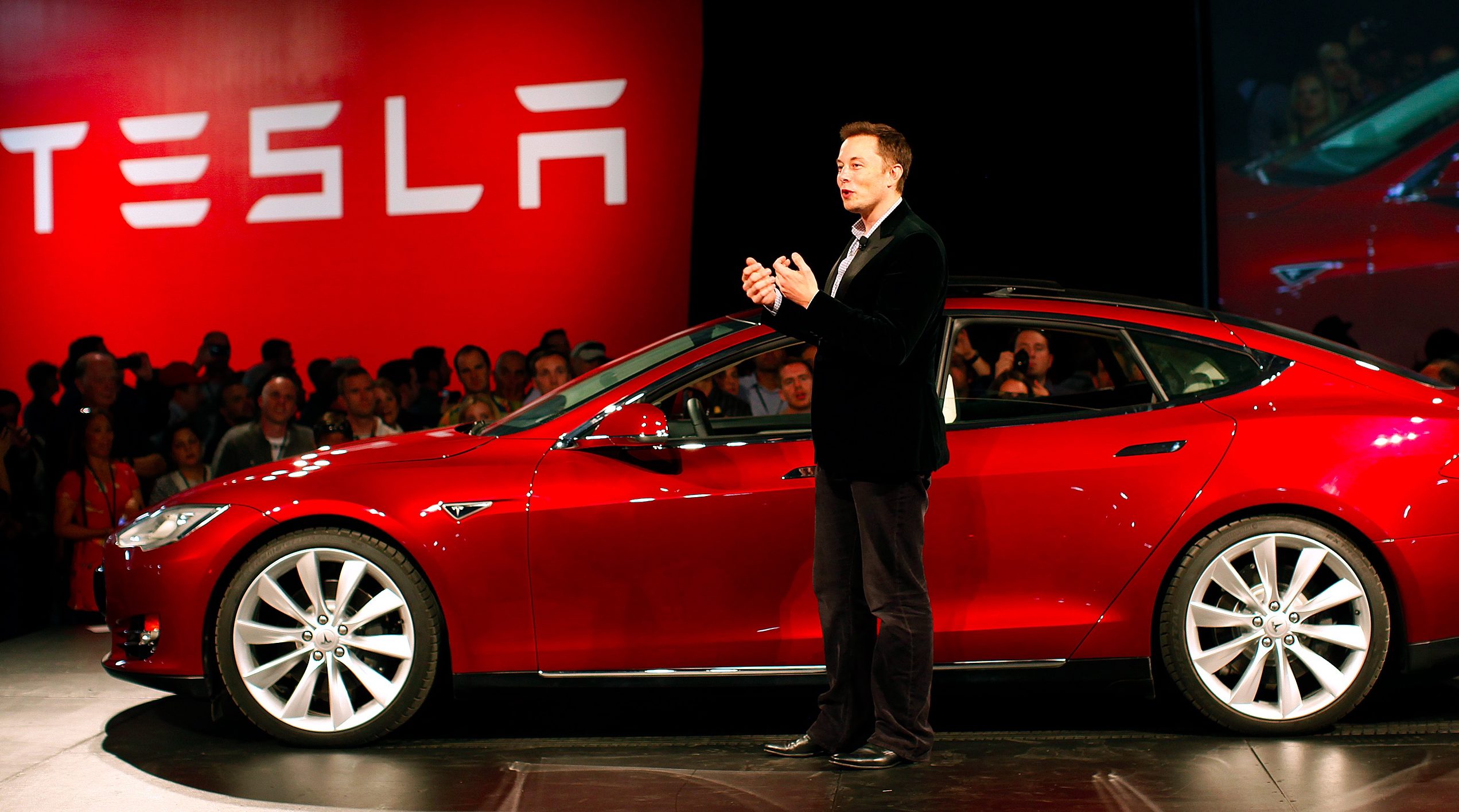
Tesla CEO Elon Musk’s $1 trillion pay package, which was proposed by the company last month, has hit its first bit of adversity from proxy advisory firm Institutional Shareholder Services (ISS).
Musk has called the firm “ISIS,” a play on its name relating it to the terrorist organization, in the past.
“ISIS”
— Elon Musk (@elonmusk) September 27, 2021
The pay package aims to lock in Musk to the CEO role at Tesla for the next decade, as it will only be paid in full if he is able to unlock each tranche based on company growth, which will reward shareholders.
However, the sum is incredibly large and would give Musk the ability to become the first trillionaire in history, based on his holdings. This is precisely why ISS is advising shareholders to vote against the pay plan.
The group said that Musk’s pay package will lock him in, which is the goal of the Board, and it is especially important to do this because of his “track record and vision.”
However, it also said the size of the pay package will enable Musk to have access to “extraordinarily high pay opportunities over the next ten years,” and it will have an impact on future packages because it will “reduce the board’s ability to meaningfully adjust future pay levels.”
The release from ISS called the size of Musk’s pay package “astronomical” and said its design could continue to pay the CEO massive amounts of money for even partially achieving the goals. This could end up in potential dilution for existing investors.
If Musk were to reach all of the tranches, Tesla’s market cap could reach up to $8.5 trillion, which would make it the most valuable company in the world.
Tesla has made its own attempts to woo shareholders into voting for the pay package, which it feels is crucial not only for retaining Musk but also for continuing to create value for shareholders.
Tesla launched an ad for Elon Musk’s pay package on Paramount+
Musk has also said he would like to have more ownership control of Tesla, so he would not have as much of an issue with who he calls “activist shareholders.”
Investor's Corner
Barclays lifts Tesla price target ahead of Q3 earnings amid AI momentum
Analyst Dan Levy adjusted his price target for TSLA stock from $275 to $350, while maintaining an “Equal Weight” rating for the EV maker.
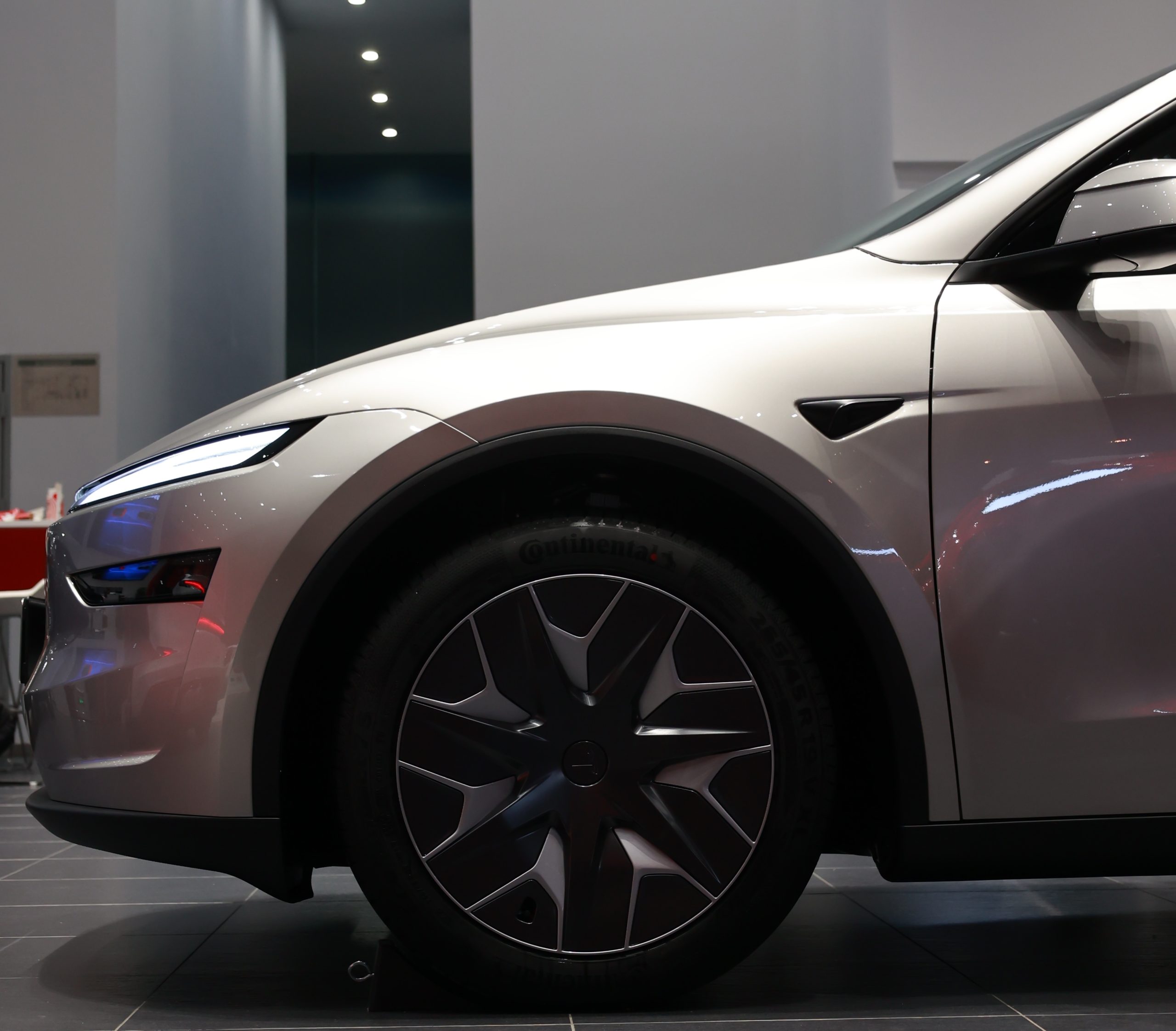
Barclays has raised its price target for Tesla stock (NASDAQ: TSLA), with the firm’s analysts stating that the electric vehicle maker is approaching its Q3 earnings with two contrasting “stories.”
Analyst Dan Levy adjusted his price target for TSLA stock from $275 to $350, while maintaining an “Equal Weight” rating for the EV maker.
Tesla’s AI and autonomy narrative
Levy told investors that Tesla’s “accelerating autonomous and AI narrative,” amplified by CEO Elon Musk’s proposed compensation package, is energizing market sentiment. The analyst stated that expectations for a Q3 earnings-per-share beat are supported by improved vehicle delivery volumes and stronger-than-expected gross margins, as noted in a TipRanks report.
Tesla has been increasingly positioning itself as an AI-driven company, with Elon Musk frequently emphasizing the long-term potential of its Full Self-Driving (FSD) software and products like Optimus, both of which are heavily driven by AI. The company’s AI focus has also drawn the support of key companies like Nvidia, one of the world’s largest companies today.
Still cautious on TSLA
Despite bullish AI sentiments, Barclays maintained its caution on Tesla’s underlying business metrics. Levy described the firm’s stance as “leaning neutral to slightly negative” heading into the Q3 earnings call, citing concerns about near-term fundamentals of the electric vehicle maker.
Barclays is not the only firm that has expressed its concerns about TSLA stock recently. As per previous reports, BNP Paribas Exane also shared an “Underperform” rating on the company due to its two biggest products, the Robotaxi and Optimus, still generating “zero sales today, yet inform ~75% of our ~$1.02 trillion price target.” BNP Paribas, however, also estimated that Tesla will have an estimated 525,000 active Robotaxis by 2030, 17 million cumulative Optimus robot deliveries by 2040, and more than 11 million FSD subscriptions by 2030.
Investor's Corner
BNP Paribas Exane initiates Tesla coverage with “Underperform” rating
The firm’s projections for Tesla still include an estimated 525,000 active Robotaxis by 2030.
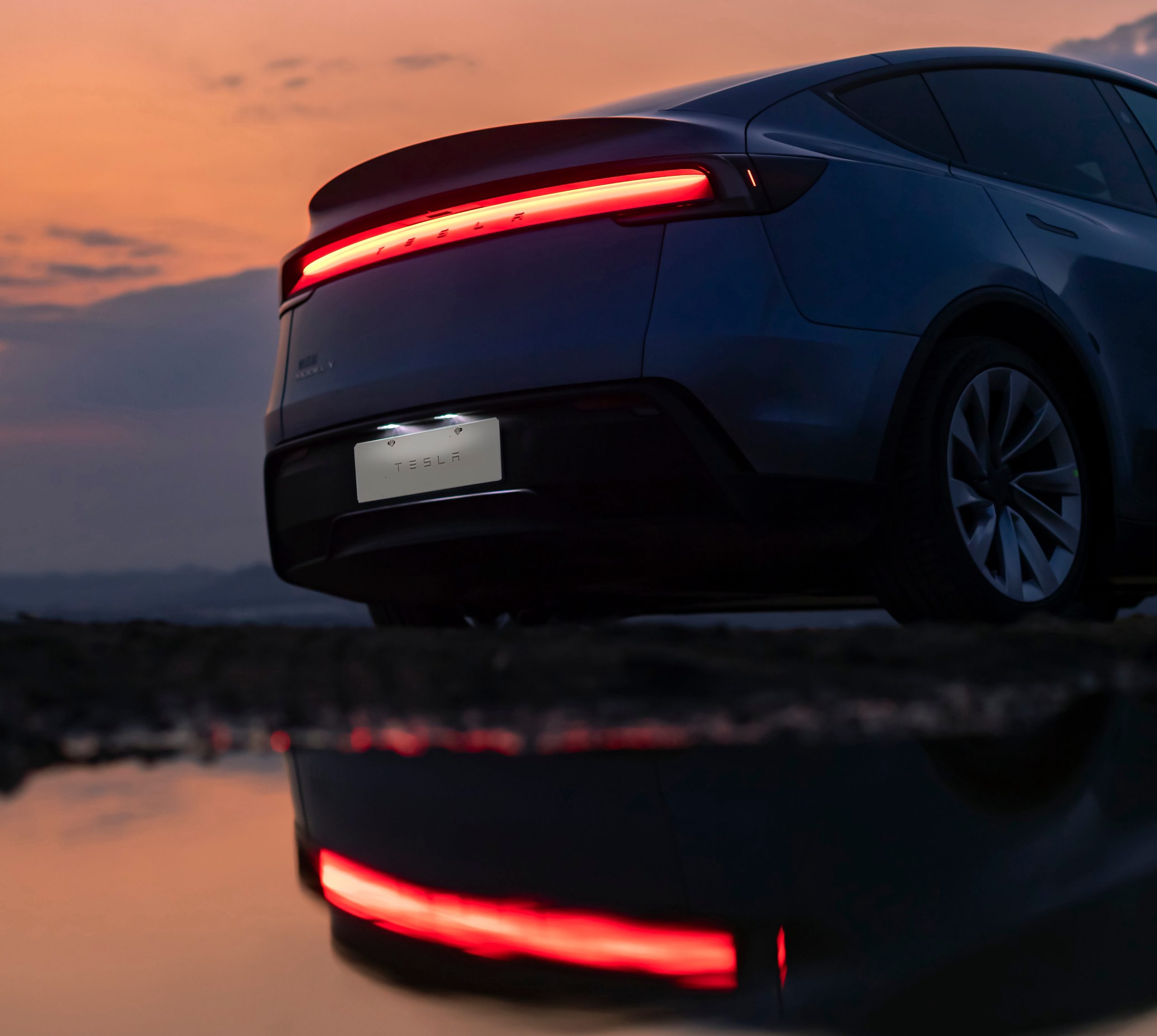
Tesla (NASDAQ: TSLA) has received a bearish call from BNP Paribas Exane, which initiated coverage on the stock with an Underperform rating and a $307 price target, about 30% below current levels.
The firm’s analysts argued that Tesla’s valuation is driven heavily by artificial intelligence ventures such as the Robotaxi and Optimus, which are both still not producing any sales today.
Tesla’s valuation
In its note, BNP Paribas Exane stated that Tesla’s two AI-led programs, the Robotaxi and Optimus robots, generate “zero sales today, yet inform ~75% of our ~$1.02 trillion price target.” The research firm’s model projected a maximum bull-case valuation of $2.7 trillion through 2040, but after discounting milestone probabilities, its base-case valuation remained at $1.02 trillion.
The analysts described their outlook as optimistic toward Tesla’s AI ventures but cautioned that the stock’s “unfavorable risk/reward is clear,” adding that consensus earnings expectations for 2026 remain too high. Tesla’s market cap currently stands around $1.44 trillion with a trailing twelve-month revenue of $92.7 billion, which BNP Paribas argued does not justify Tesla’s P/E ratio of 258.59, as noted in an Investing.com report.
Tesla and its peers
BNP Paribas Exane’s report also included a comparative study of the “Magnificent Seven,” finding Tesla’s current market valuation as rather aggressive. “Our unique comparative analysis of the ‘Mag 7’ reveals the extreme nature of TSLA’s valuation, as the market implicitly says TSLA’s 2035 earnings (~55% of which will be driven by Robotaxi & Optimus, w/ zero sales now) have the same level of risk & value-appropriation as the ‘Mag 6’s’ 2026 earnings,” the firm noted.
The firm’s projections for Tesla include an estimated 525,000 active Robotaxis by 2030, 17 million cumulative Optimus robot deliveries by 2040 priced above $20,000 each, and more than 11 million Full Self-Driving subscriptions by 2030. Interestingly enough, these seem to be rather optimistic projections for one of the electric vehicle maker’s more bearish estimates today.
-

 Elon Musk12 hours ago
Elon Musk12 hours agoSpaceX posts Starship booster feat that’s so nutty, it doesn’t even look real
-

 News2 days ago
News2 days agoTesla launches new interior option for Model Y
-
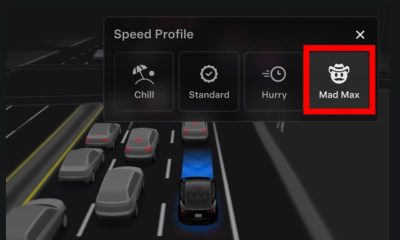
 News2 days ago
News2 days agoTesla launches ‘Mad Max’ Full Self-Driving Speed Profile, its fastest yet
-
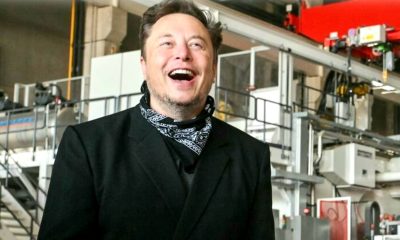
 Elon Musk1 day ago
Elon Musk1 day agoElon Musk was right all along about Tesla’s rivals and EV subsidies
-
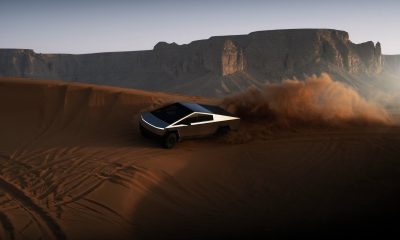
 News2 days ago
News2 days agoTesla makes big move with its Insurance program
-

 News1 day ago
News1 day agoTesla widens rollout of new Full Self-Driving suite to more owners
-
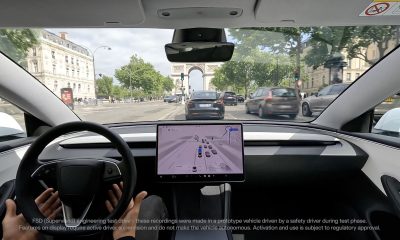
 News2 days ago
News2 days agoTesla just teased something crazy with the next Full Self-Driving update
-
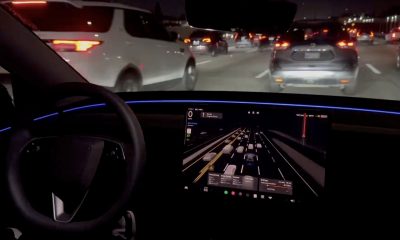
 News2 days ago
News2 days agoTesla exec hints at FSD Mad Max mode’s killer feature






